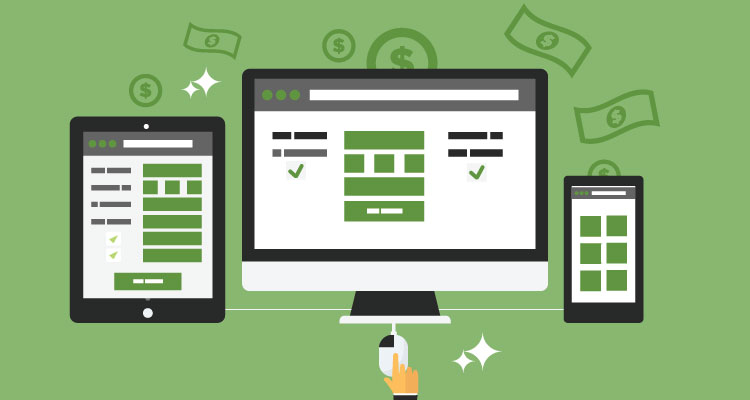Invoicing is an important part of your business, and the final step before the most important part of a transaction: you getting paid! After all, making money is the primary reason your business exists. But unless you have successful invoices, you may find yourself wondering why payments are not arriving as expected.
To ensure your invoices are routed and processed quickly, follow these invoice best practices. These are the crucial components of a successful invoice.
Table of Contents
ToggleCustomer information
At the top of most invoices, you will find the customer’s information. This typically includes the customer contact name, address, and other pertinent contact information. This practice goes back to formal letter writing and is helpful when mailing paper invoices with a window envelope. But even with online invoices, it is standard to include this information.
At some companies, invoices are all processed by one department but require approval from various managers to send the payment. Putting the right information at the top of the invoice may help the customer’s AP department process the invoice faster, which means cash is in your bank account faster.
Your contact information
If the customer has a question about your invoice, they shouldn’t have to dig into their email or files to find your contact information. Instead, that should be easily found on the invoice. Whatever your preferred contact method, for billing related questions, that should be listed here.
If you are a solo entrepreneur or run a small business, that may be your phone number or email address. For larger companies, it could be a billing manager or accounts receivables manager. Whatever happens, you don’t want the customer to forget about the invoice or blow it off. Instead, make it easy to contact you for questions so they can be resolved as quickly as possible.
Billing details
Now that we have the standard contact information out of the way, it’s time to get into the meat of the invoice. Invoices should contain line-item details breaking out each billed expense. In some cases, that detail can include the service date, unit price, and unit quantity. At the minimum, it should show a description and the total due.
When you use high quality invoicing software, most of this is taken care of for you automatically. You just have to enter some details for the customer bill and the software will take care of the formatting and layout. In fact, it also fills out the previously mentioned contact information, so getting to this point should take just a few minutes of your time to prepare.
Successful Invoice Tip: Add a Due date
The customer know how much they owe at this point, but is the payment due on receipt or weeks or months off in the future? For many large businesses and in some industries, payments can take quite a while to come in. I recently spoke to friends in the construction and locksmith industries who have tens of thousands of dollars in invoices past due. While you can’t force customers to pay and can’t force them to pay on-time, putting the due date on the invoice is your first defense if they don’t pay.
Outside of low-cost transactional products, most businesses use contracts to outline responsibilities and protect both sides’ interest in the arrangement. Your invoice is a legal document to inform that payment is due for services or products. Ensuring your invoice is clear, well formatted, and contains a clear due date and payment terms is vital in the event of a dispute or non-payment.
Payment instructions
Last but not least, how should the customer pay? Should they send a check in the mail? Click a link to pay online? Perhaps they can just drop the payment in your digital wallet? Whatever method you accept, put it on the invoice.
I’m a strong believer that businesses should make payments as easy as possible on a customer. Paying is the last interaction a customer has before leaving, and a smooth and easy experience is more likely to bring them back for repeat business. Think about how frustrating it is when you are waiting for the check or your credit card at a restaurant. A few minutes delay from the server may send you somewhere else the next time you are hungry. The same concept may apply in your industry as well!
Professional invoicing for prompt payments
Invoices are a final opportunity to impress customers after each transaction. Whether you bill monthly or sporadically as needed, sending clear and professional invoices is important for your business. You can take steps like adding your logo for an extra professional touch, but ultimately the details listed above are most important.
After working hard to provide great customer service on your product, finish off the job with a five-star worthy invoicing and payments process. If you do, you are setting your business up for great success.















